Edições Impressas
20 de março de 2023
Looking for asteroids – Level 3
Article published in Joca 201
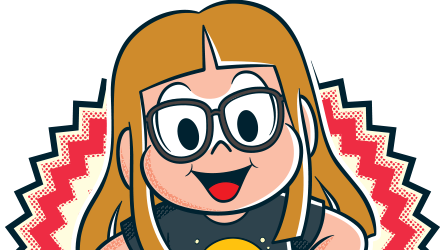
Verena Paccola is a 23-yearold medical student at the University of São Paulo (USP) and a nursing technician with a degree from the University of Campinas (Unicamp). She has discovered 25 asteroids through a NASA project (the United States space agency).
The young woman became known because of her astronomical discovery and ended up becoming a character in the project “Donas da Rua”, by Maurício Sousa Produções, which honors different female fi gures. And what’s more: Verena appeared on the Forbes magazine’s Under 30 list, which highlights successful young Brazilians from various areas.
To learn more about Verena’s story, nine-year-old Helena T. and 10-yearold Diego P., both members of Clube Joca, interviewed her. Check it out.
Diego: How did you manage to participate in the NASA project?
I started participating in 2020, the fi rst time the project took place here in Brazil. This project is international so anyone in the world can sign up and participate, but when the country runs a campaign focused on having national participation, it becomes much easier. I signed up and did online training – it was the fi rst year of the pandemic, nothing was face-toface. Everything is done in a computer program, the NASA software.
Helena: How do you find an asteroid?
After you sign up to participate and do the training, NASA sends you images taken by a telescope in Hawaii. This telescope takes several pictures of space and sends back a sequence of four images. If an image is taken one after the other and so forth, there is a time gap between the first and the last one, right? In that time, space may have changed. The stars, for example, won’t appear in different places in the sequence, because the difference in time was too small. Asteroids, on the other hand, which move in an orbit, would be in a different position in each image. So, you take this group of images sent by the telescope and feed it to the software. The software will show the sequence and you can see what changed in the sky during that interval of time. The differences might be an asteroid or not!
When I see something moving, I can see the numbers related to that object, run a numerical analysis to see if it might be an asteroid or not. If I think it is, I send a report to Harvard, a university in the United States, that will analyze this and tell NASA whether it is an asteroid or not.
Diego: Which asteroid, star, constellation or planet are you inspired by?
A diffcult question! I like Jupiter a lot, I think it’s a very beautiful planet. As for asteroids, I’m waiting to see if I can name the ones I’ve detected, and if I can name one, I want it to be named after my grandmother Rochelle. So that one would probably be my favorite.
Diego: Do you plan to continue working with astronomy?
My dream has always been to be a doctor and I plan to become a doctor. But I can combine a little bit of both areas. For example, I study medicine, but I talk about asteroids and astronomy ever y d ay, so that is already doing something in the fi eld. I’m also thinking about space medicine, which would bring the two together. I could go into space and do research in zero gravity. These are things I think about for the future, but my first plan is to become a doctor.
Helena: How do you feel about having made all these discoveries?
It’s pretty crazy, because I never thought that astronomy would be so present in my life. The best part isn’t even the asteroids and everything, and the fact that it was all on TV, in magazines, etc. The best part is that many children your age and many young adults as well, came to me and became interested in science through my story. Inspiring these kids and young people to get interested in science is the best part for me.
Helena: Maurício de Sousa created a Turma da Mônica character for you. How do you think she will influence other children?
The “Donas da Rua” project, by Maurício de Sousa Produções, chooses women they think are worthy of recognition and of having their story told. So they create a character. There are several female characters, actresses, writers, scientists, athletes, etc. I was made into a character that was launched on the International Day of Women and Girls in Science on February 11th, 2022. I loved it, it was the best tribute I have ever received. I learned how to read with Maurício de Sousa and Turma da Mônica.
Glossary
Asteroids: rocky bodies that also orbit the Sun, but that are much smaller than a planet.
Orbit: the trajectory of a star around another one, in other words, that is spinning around it. The Moon is orbiting the Earth, and the Earth is orbiting the Sun.
Ixi! Você bateu no paywall!
Ainda não é assinante? Assine agora e tenha acesso ilimitado ao conteúdo do Joca.
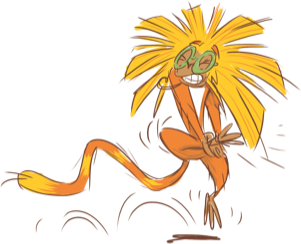
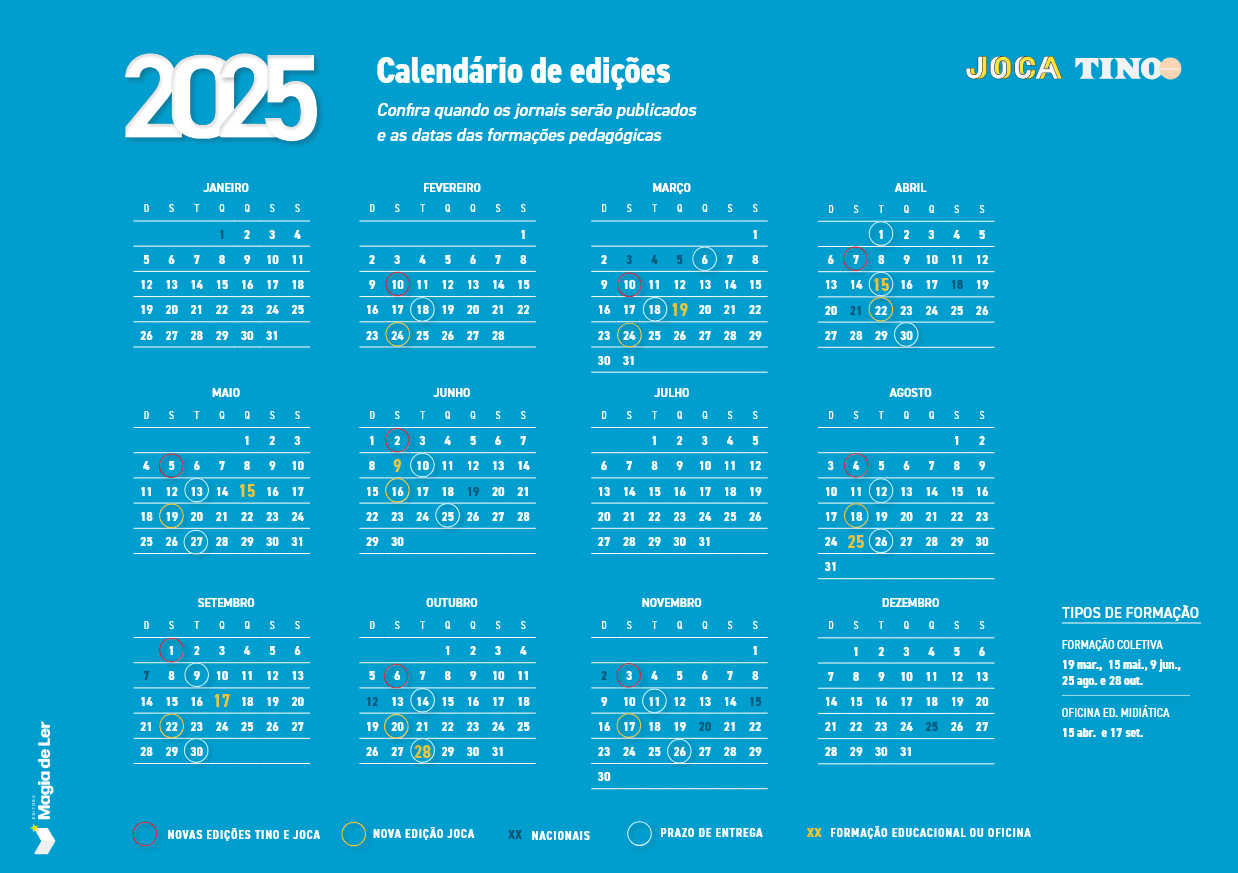
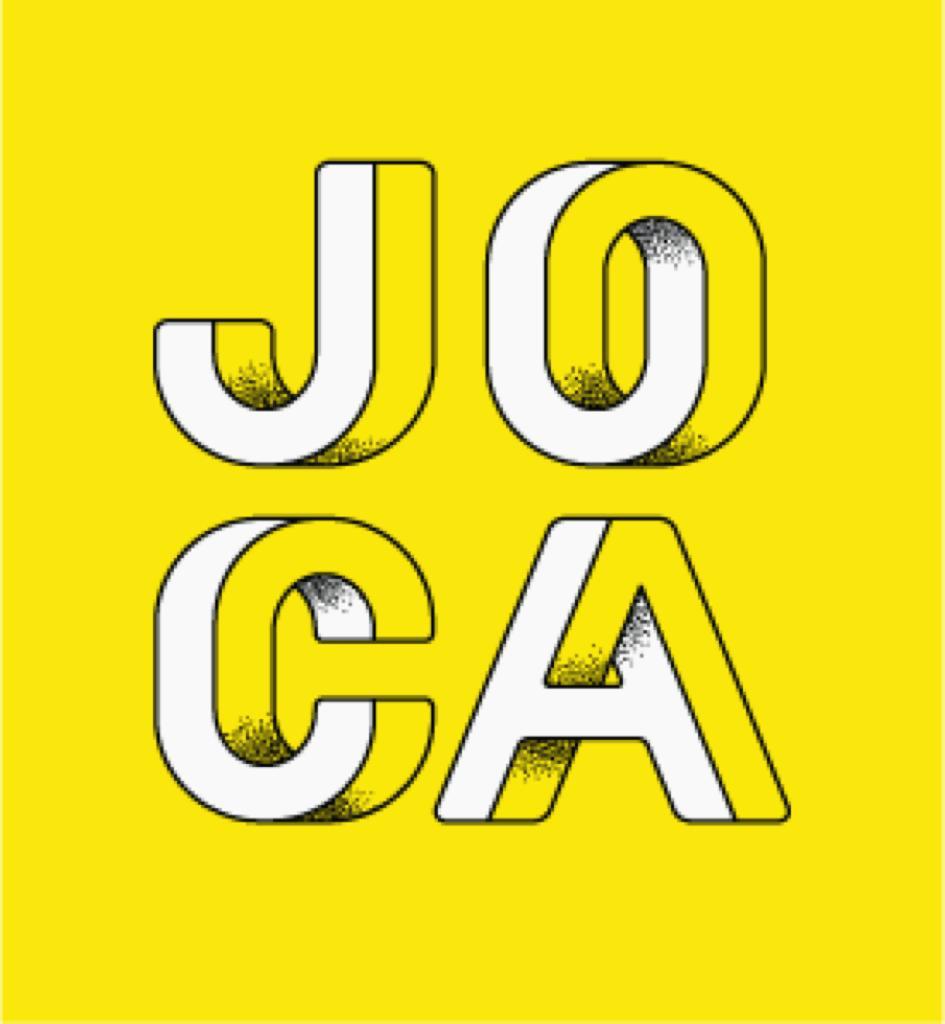


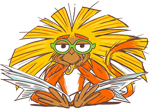
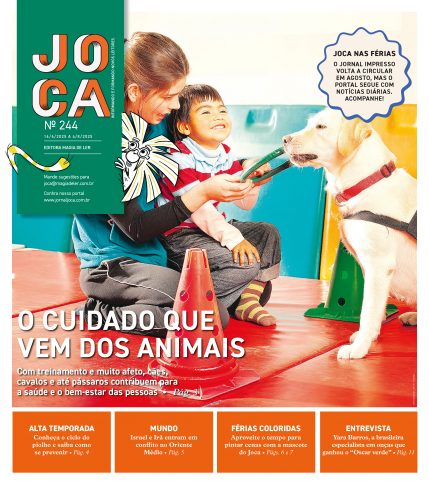
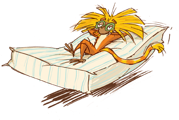
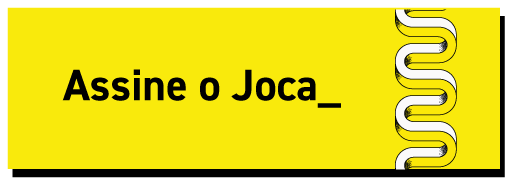
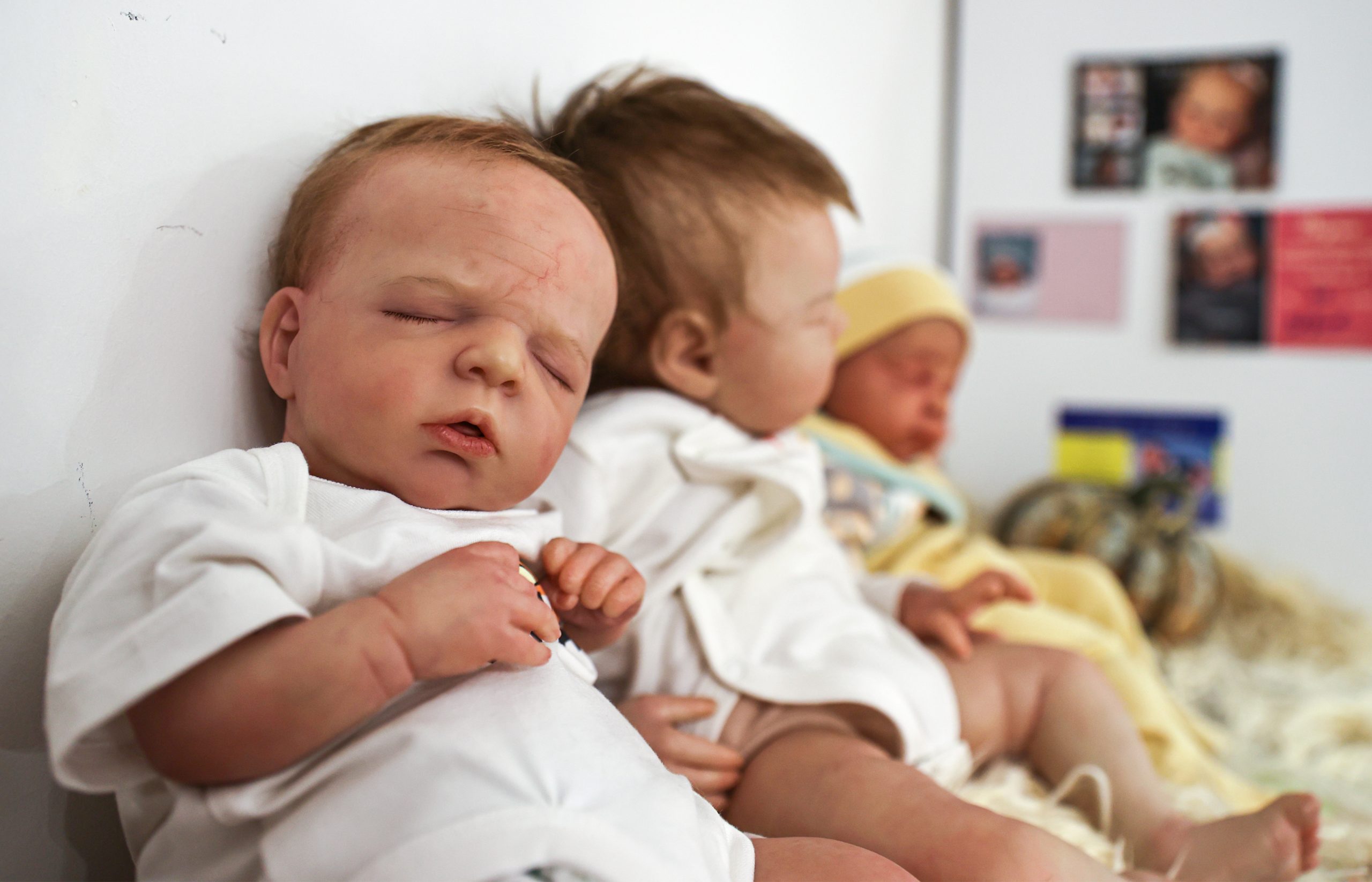


Você precisa fazer o login para publicar um comentário.